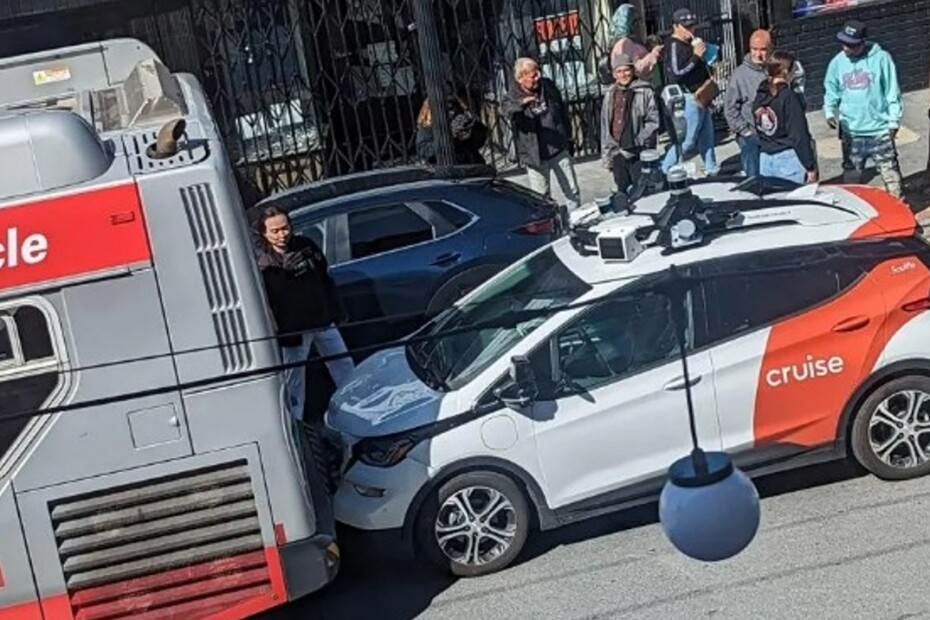Untangling China, Decoding the West’s Response
By Bolaji Ojo
What’s at stake:
The politics of Chinese technology investments remain nuanced. Western technology companies want a piece of its market but are wary of giving up IP and are even more concerned about the impact of their governments’ growing anti-China policies. But which reality is true: a China filled with minefields for Western technology companies or a merely assertive nation trying to increase its own global economic presence. Figuring out which will determine how the West fares in the world’s second-largest economy.
Gina Raimondo was in China this week, on an inevitable trip, and saying the unavoidable.
Having helped to nurture China into the world’s second-largest economy, the West finds itself unable to take its eyes off or have its hands fully on the communist nation. It can neither be controlled and structured the way America and its allies would like nor exploited for the kind of profits they once dreamed could be gained.
Read More »Untangling China, Decoding the West’s Response









